Building Raised Beds Cedar or PT Wood? How Thick?
syntria
10 years ago
Featured Answer
Sort by:Oldest
Comments (18)
elight
10 years agolast modified: 9 years agoslowjane CA/ Sunset 21
10 years agolast modified: 9 years agoRelated Discussions
Will 1" thick cedar be thick enough for a 3' X 6' raised bed?
Comments (2)How deep are you going? I'm using 1/2" thick stuff on a 12" high bed, and it doesn't sag at all. There's really not much outward force here....See MoreNeed as much help with wood help and building raised beds ASAP
Comments (8)"My largest bed is 4' x 25' x 14" deep, and is made with rough cut cedar that a friend with a small sawmill operation cut for me. This is the cheapest source that I know of, and you might be able to find a similar deal in your area. I would expect the boards to last at least 15-20 years, and no additional protective coating is necessary. Mine are supported by 4x4 posts cemented 18" deep in the ground, but I tend to really beef things up that are built on the property. Hope this helps. EG " EG, Where does one find such a sawmill? I also forgot to mention the tools I have on hand and my situation. I'm currently unemployed and funds are very tight. The veggie garden is my freedom for healthy foods and saving traveling costs AND I CONTROL IT so I know that there are NO PESTICIDES. Sorry for the caps there. On a ventage over that. I only have a cored circular saw (old, likely dull, spot rust, and can't find it right now), corded Borsh (sp?) hand drill, 12v Mikita cordless drill (both batteries dead, would wiring it to a 12v car battery straight make it work?), cheap hand rotary tool w/~100pc kit, corded jig saw, small hobby belt/disc sander (belt ~1" wide and disc ~5" diameter), large range of socket set heads, large set of hand tools +/-/[]. I have access to Lowes (not far from me), Home Depot (not far from me), and Rona (not far from me)....See Morepine vs cedar for raised bed
Comments (14)Cedar Wood Vs.Pressure Treated Pine Aromatic Red Cedar: Cedar is a very stable wood. It does not warp, or shrink, or check (as pressure treated pine most likely will do eventually). A product using cedar boards will have a much nicer appearance, after 10 years compared to a pressure treated pine. Our cedar usually comes from Missouri, Oklahoma, Ohio, Kentucky, and Indiana. It can be 50-80 years old. Cedar lumber costs a little more than the fast grown southern yellow pine, but it is well worth the extra expense. Cedar could last 30 years or more and will stay straight! Pressure Treated Pine: This type of lumber usually originates from the southeastern U.S., and can be a southern yellow pine species or a mixed pine species. It is a fast growing tree; being one of the few types that can be pressure treated. Other types of wood have a different cell structure and will not accept the treatment process. This pine, after it has been cut to size, is kiln dried to remove most of the moisture. Then it is bundled up and put into huge cylindrical tanks. Next, a water based solution of micronized copper azole is forced into the wood fibers under pressure. This process makes the wood very heavy and gives it a dark green appearance. This pressure treated pine (PT pine) is guaranteed by the manufacturer not to decay or have insect damage for 10 years or more. It is not guaranteed against shrinkage, warping, checking (splitting). We do not guarantee that this will not happen because it often does. When PT pine starts drying out it can develop "checks" which look like splits or cracks in the posts or boards. This is not an uncommon complaint from new owners of wood products. Actually, the wood is slightly shrinking, a natural seasoning (drying out) of any piece of lumber. When a fence post dries, the outer surface (sapwood) shrinks faster than the inner heart of the piece, and something has to give. For this reason, posts have a natural tendency to develop a V-shaped check towards the center. The result is the familiar "check" which is technically neither a split nor a crack. Depending on the weather and season your wood fence is installed, checking may occur right away, or might wait for warmer weather. We usually never use PT pine for the posts because they will decay in the ground must faster than a cedar post would. Because of this we only use cedar posts for fencing. Here is a link that might be useful: cedar...See MoreDouble up 1" cedar boards instead of using 2" for raised garden bed?
Comments (23)Last weekend after working my butt off all day finishing the second vegetable bed, buying a bunch of cement blocks for the back third planter and transporting them down the hill to the back yard, and hauling 15 loads of dirt down to the backyard. I tried to move the large bed and one leg slipped onto the grass. As I pushed, all the weight tore the wheels and recently added middle legs off. To say I was devastated was an understatement. I had spent a lot of money and the past 3 weekends trying to build something that would last a long time. Today I stopped pouting and fixed it using a car jack and car wheel dollies to push it off the grass to its final place. It no longer has wheels but now it is in the correct position and has plants in it....See Morecold_weather_is_evil
10 years agolast modified: 9 years agoveggievicki
10 years agolast modified: 9 years agolucillle
10 years agolast modified: 9 years agogreasybeans
10 years agolast modified: 9 years agoJoppaRich
10 years agolast modified: 9 years agoMarsMars
10 years agolast modified: 9 years agoslowjane CA/ Sunset 21
10 years agolast modified: 9 years agosuznjn
10 years agolast modified: 9 years agoprairiemoon2 z6b MA
10 years agolast modified: 9 years agoslowjane CA/ Sunset 21
10 years agolast modified: 9 years agoprairiemoon2 z6b MA
10 years agolast modified: 9 years agobardamu_gw
10 years agolast modified: 9 years agoprairiemoon2 z6b MA
10 years agolast modified: 9 years agoslowjane CA/ Sunset 21
10 years agolast modified: 9 years agoprairiemoon2 z6b MA
10 years agolast modified: 9 years ago
Related Stories
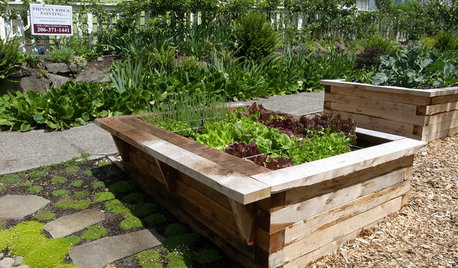
FARM YOUR YARDHow to Build a Raised Bed for Your Veggies and Plants
Whether you’re farming your parking strip or beautifying your backyard, a planting box you make yourself can come in mighty handy
Full Story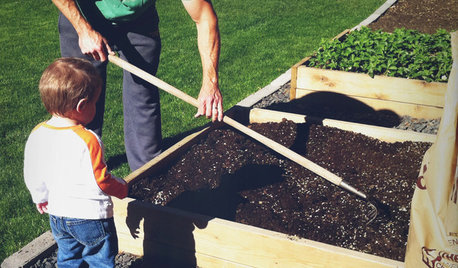
GARDENING AND LANDSCAPINGBuild a Raised Bed to Elevate Your Garden
A bounty of homegrown vegetables is easier than you think with a DIY raised garden bed to house just the right mix of soils
Full Story
GARDENING GUIDES8 Materials for Raised Garden Beds
Get the dirt on classic and new options for raised vegetable and plant beds, to get the most from your year-round garden
Full Story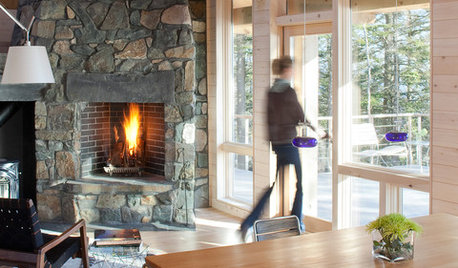
WOODKnotty and Nice: Highly Textured Wood Has a Modern Revival
Whether it's cedar, fir or pine, if a wood has a knot, it's hot
Full Story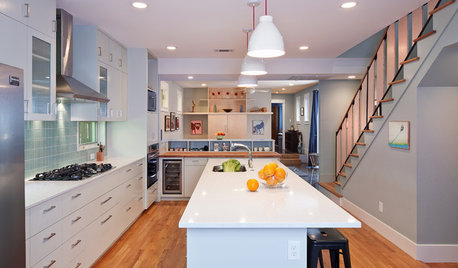
HOUZZ TOURSHouzz Tour: A Radical Reconstruction Raises an Austin Home
With a new second floor and some room swapping downstairs, this 1935 Texas bungalow now fits an architect and his family beautifully
Full Story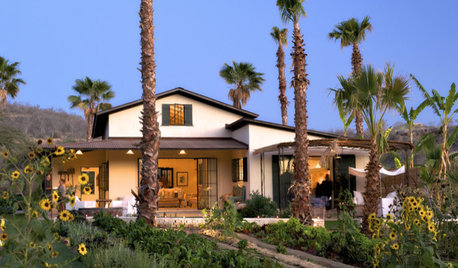
GREEN BUILDINGWhy You Might Want to Build a House of Straw
Straw bales are cheap, easy to find and DIY-friendly. Get the basics on building with this renewable, ecofriendly material
Full Story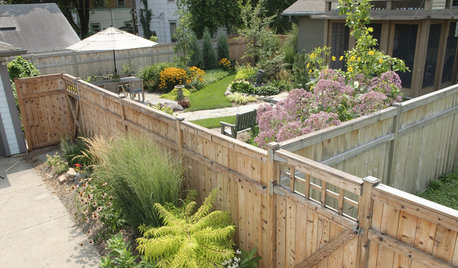
FENCES AND GATESHow to Install a Wood Fence
Gain privacy and separate areas with one of the most economical fencing choices: stained, painted or untreated wood
Full Story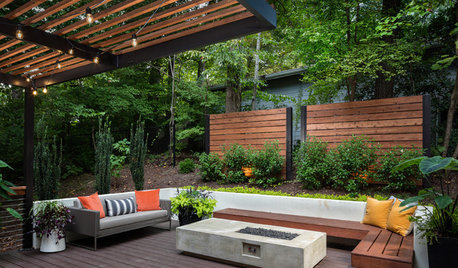
GARDENING AND LANDSCAPING8 Rot-Resistant Woods for Your Outdoor Projects
No need for chemical treatments on your deck or pergola. These woods stand up to weather, insects and time beautifully on their own
Full Story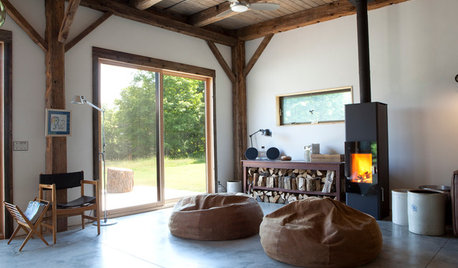
GREEN BUILDINGInsulation Basics: Heat, R-Value and the Building Envelope
Learn how heat moves through a home and the materials that can stop it, to make sure your insulation is as effective as you think
Full Story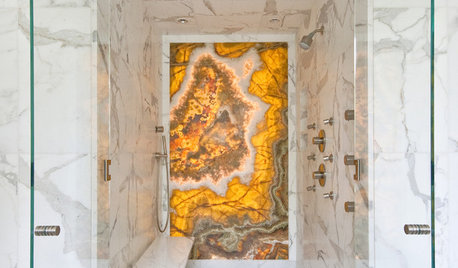
BATHROOM DESIGNHow to Build a Better Shower Curb
Work with your contractors and installers to ensure a safe, stylish curb that keeps the water where it belongs
Full StorySponsored

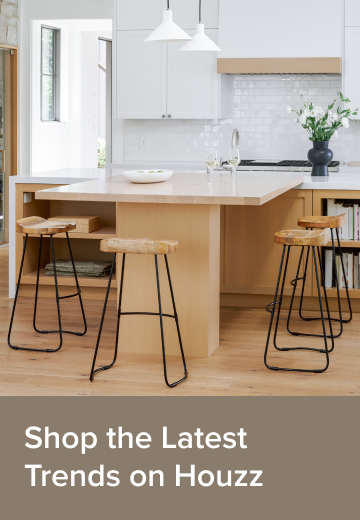

JoppaRich